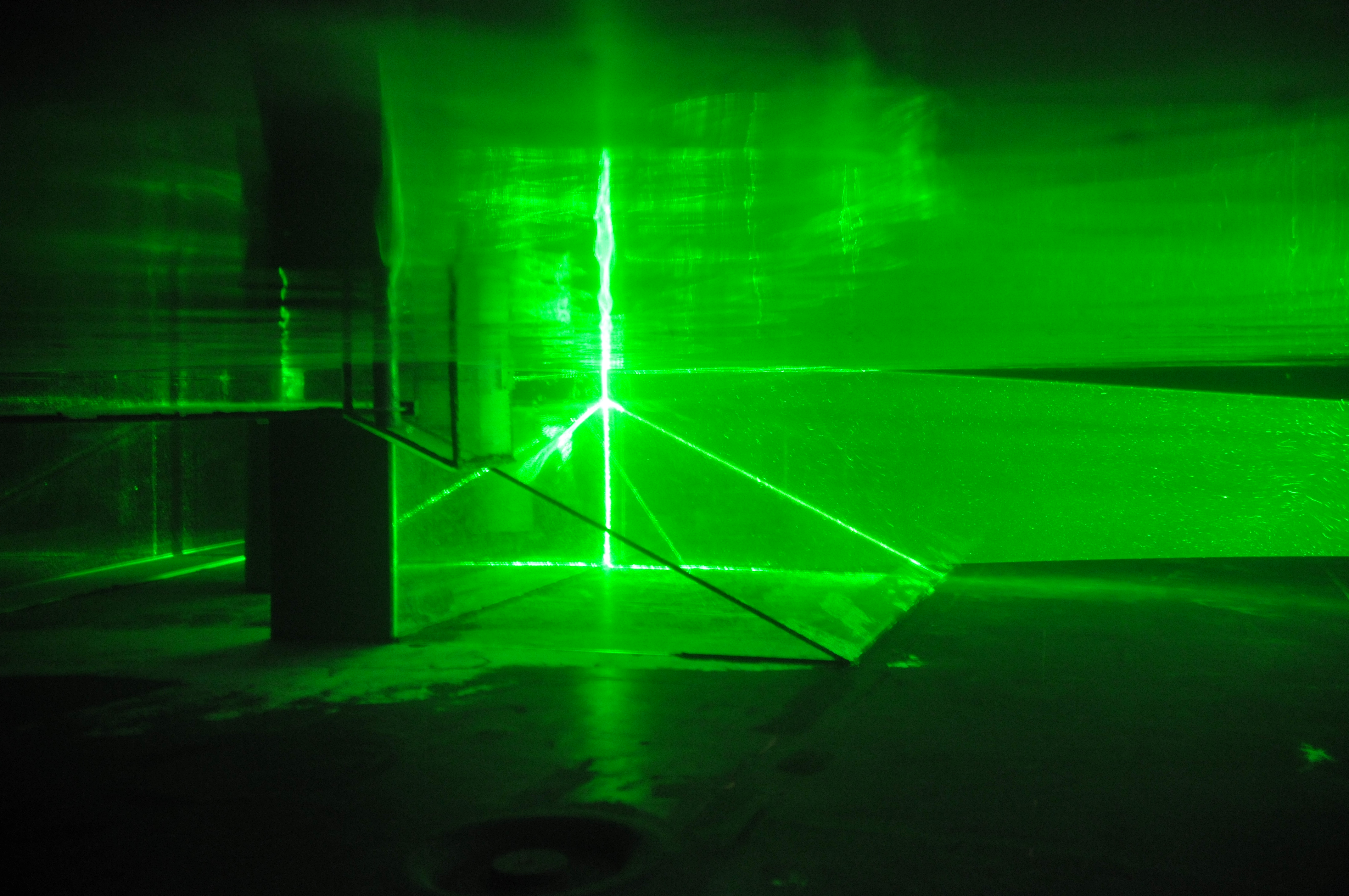

The resulting divergence angle can be inserted into Equation 2 to simplify the calculation of the M 2 factor of a Gaussian beam:Īn M 2 factor of 1 corresponds to a diffraction-limited Gaussian beam, and M 2 factors larger than 1 correspond to a beam that deviates from the ideal Gaussian beam. The divergence angle of a Gaussian beam is determined by Equation 2: In Equation 1, w 0 is the beam waist, θ is the divergence angle of the laser, and λ is the lasing wavelength (see Fig.
#Laser beem iso
The ISO Standard 11146 1 defines the M 2 factor as: The M 2 factor compares the actual shape of the beam to that of an ideal Gaussian beam. M 2 factorįor laser beams for which the second-order moments of intensity (beam width) and divergence can be determined, the beam-propagation ratio M 2 is often used to characterize beam quality. The ISO 11146 standard will be referenced here, as it provides an excellent starting place for definitions and test methods covering laser beam propagation. Each beam-quality metric has its advantages and disadvantages, and as a result the correct metric for an individual use case is highly application-dependent. This article will discuss beam propagation and quality factors, including the beam quality (M 2 )factor, beam parameter product (BPP), power in the bucket (PIB), and Strehl ratio, as well as which laser systems they are most suited for. How much they change will affect the brightness of the beam and its ability to be focused to a spot. From the near field to the far field, each of these values will change. In a single plane perpendicular to the propagation axis, a laser beam has a beam width, a radius, and a spatial intensity distribution.

However, there are a few key parameters concerning the beam profile itself that provide some insight into the overall system performance, whether it is a Gaussian beam in metrology, or the higher-order modes often produced by a diode laser system or by high-power materials-processing lasers. Characterizing a laser system may seem like a daunting task, especially when just the laser source itself has many influencing factors, such as power stability, coherence, and wavelength, that govern which application it is most suitable for.


 0 kommentar(er)
0 kommentar(er)
